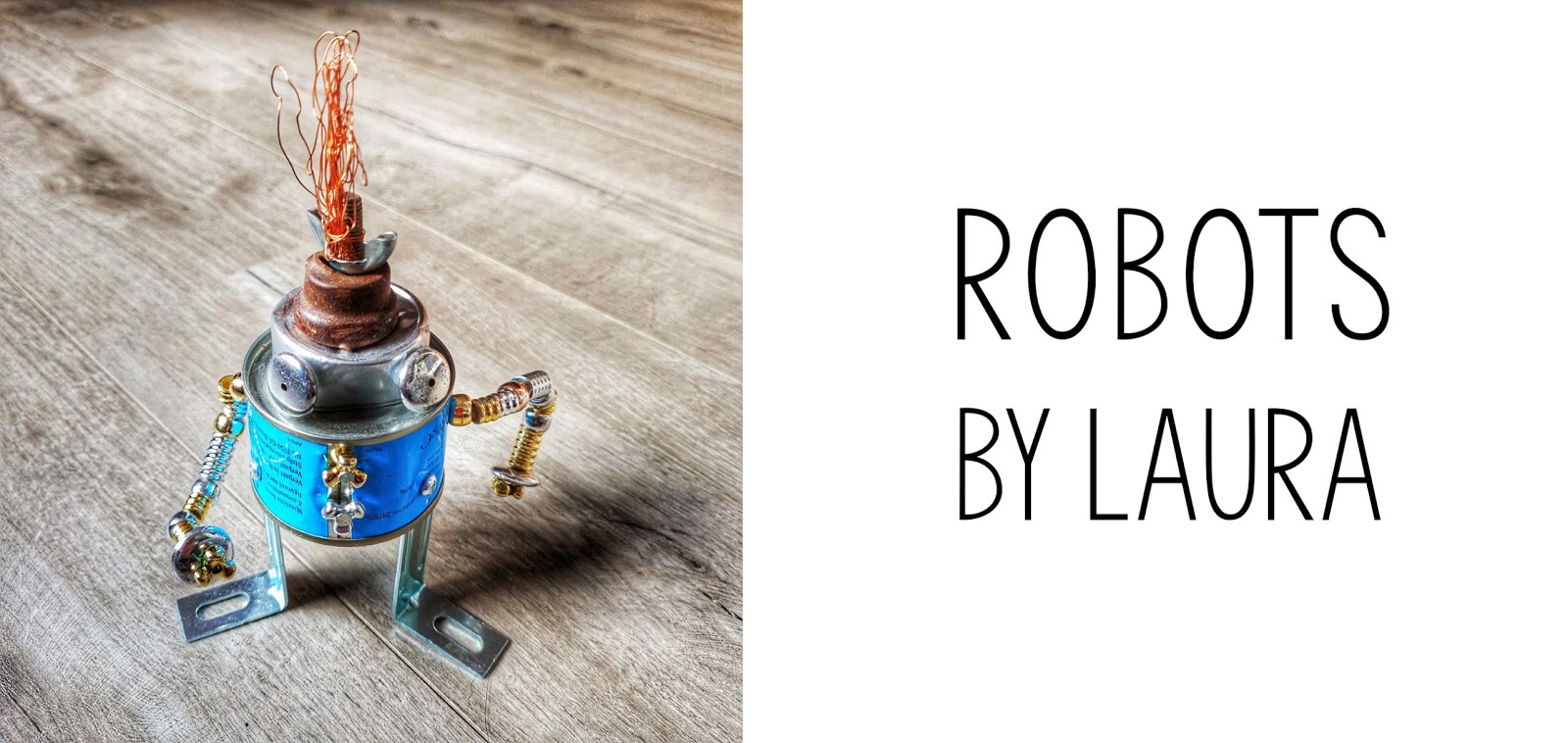How to include robotics and programming in STEAM for toddlers
What is STEAM?
STEAM stand for Science, Technology, Engineering Art and Mathematics. It is mainly focused on the integration of mathematics, science and technology. This topic includes so many wonderful starter points. You are more working around steam then you sometimes realize. In this blog post I will explain more about robotics and how they include in steam.
ROBOTS in the classroom YES or NO?
When you read ROBOTS what are the first things you think about?
Robots are not only the play toys that children have at home. Your radio is a robot your TV, vacuum cleaner, car, washing machine, ... all things that are designed to help us to make things easier. Think about people that have a knew robotic arm or leg. When you work around robots in your class, I think it is important to include and tell about those things too, there will be more then I just named.
In my opinion working with robots is something that you almost can not avoid anymore in the classroom. Everything is changing and as a teacher we need to keep working on our teaching way. I would say YES to robots in the classroom in an adapted way.
Robots! Challenging educational material
When you work with robots in the classroom cognitive development, computational thinking and problem solving will be central depending of the robot you are working with.
What is Computational thinking?
When you work with robots you are working around computational thinking.Goals computational thinking
- Re-formulate problems (Express the problem in own words).
- Predict (Indicate what they think will happen).
- Dealing with information (Collect, analyze, and visualize information).
- Decomposition of the problem (Divide into sub-tasks or combine sub-tasks into one problem).
- Abstracting (Discovering what is important and removing unnecessary details from a problem).
- Algorithm en procedure (Apply procedures in a efficient way and come to a quick solution)
- Automation (create standard procedures for a direct solution)
- .Stimulation and modeling (imitate reality).
- Debugging (they detect failures in algorithms and codes)
- Parallelism (Discover by performing actions at the same time, can perform a task faster).
Problem solving
With robots you work around problem solving. It is about the ability to recognize problems and to create a plan to solve the problem. Competences that will come across with problem solving: analyzing, thinking of strategies, creative thinking, teamwork, being proactive, evaluate and reflect.
Problem solving divided in several steps:
- Problem: What do I need to do?
- Develop/create: How am I going to do this?
- Realization
- Put into use/control
- Evaluation/optimization
Different Robots to explore
There are many robots now. Here you will find a list of different robot's that I have explored and some of them used in my classroom. They are all described with small introduction how to use them.
How to include the ART in steAm
What is more exciting then making your own robot. Me and the children brought all kinds of loose part into the classroom. With those materials we started to make our own robots. Using cardboard boxes, tin cans, nuts and bolds, plastic caps,....
My own experiences
Working with robots in class has been wonderful. With younger children and older ones. There where lots of opportunities around problem solving. I think it is something great to introduce in the classroom but in an adapted way. Yes or no to robots? What is your opinion, feel free to share with me.


Comments
Post a Comment